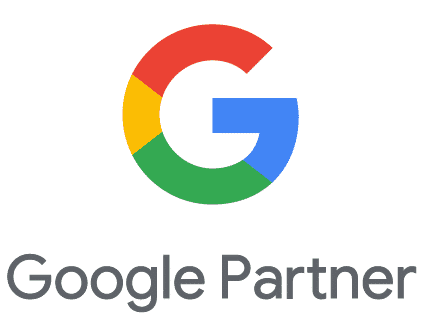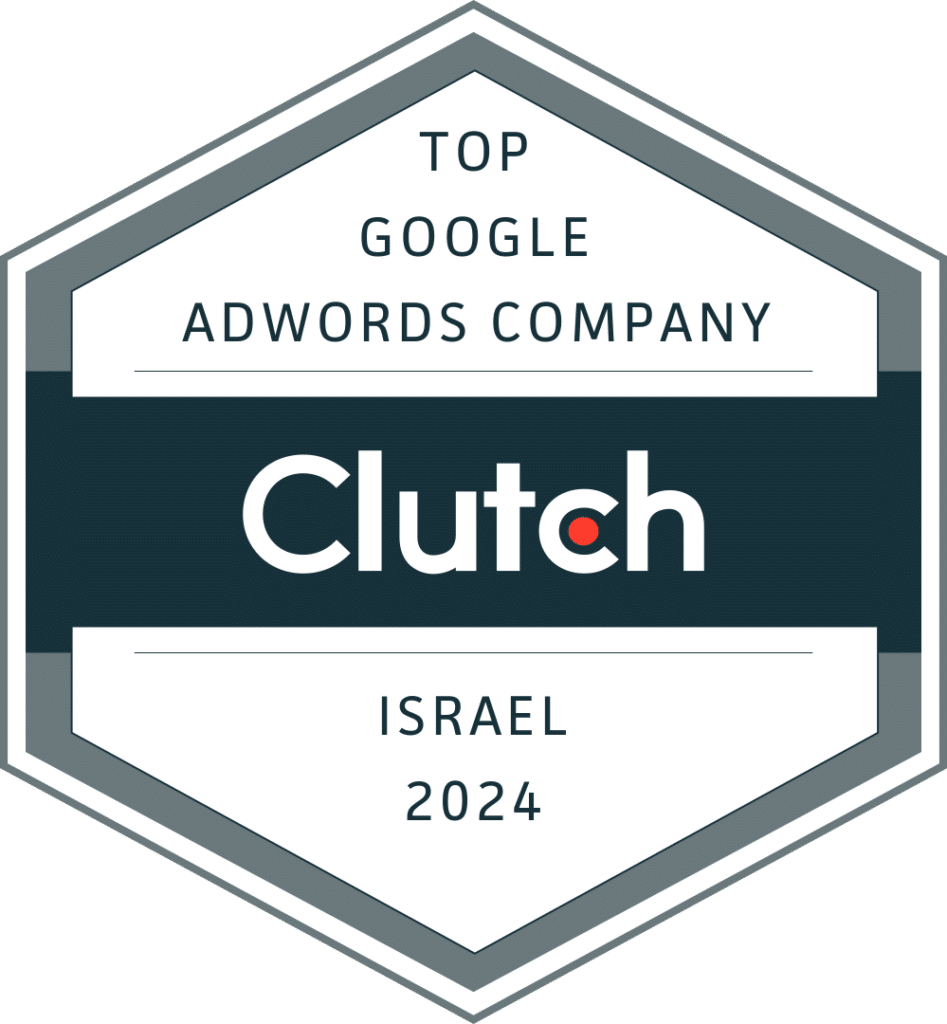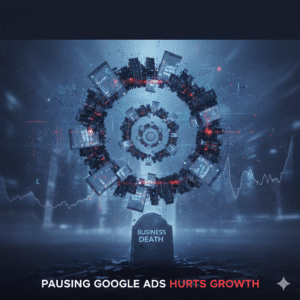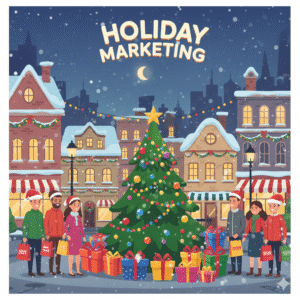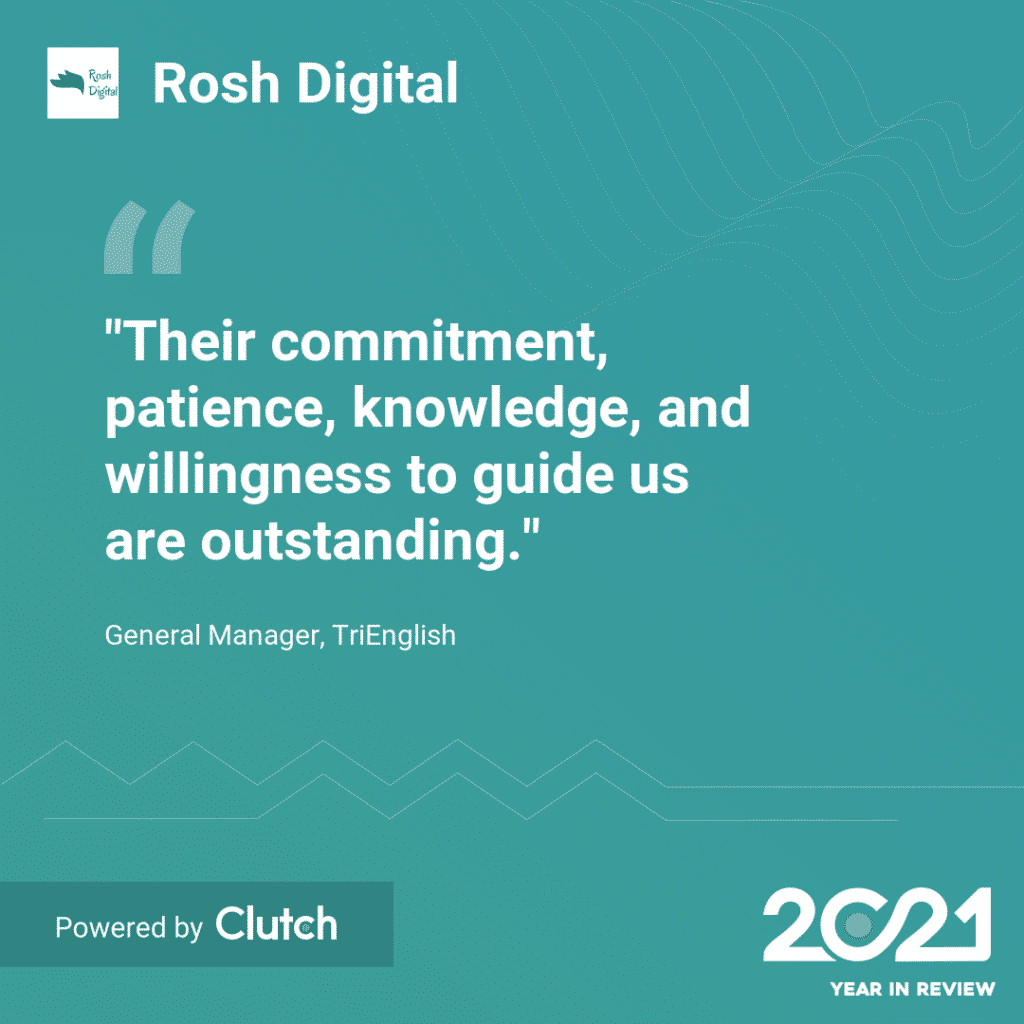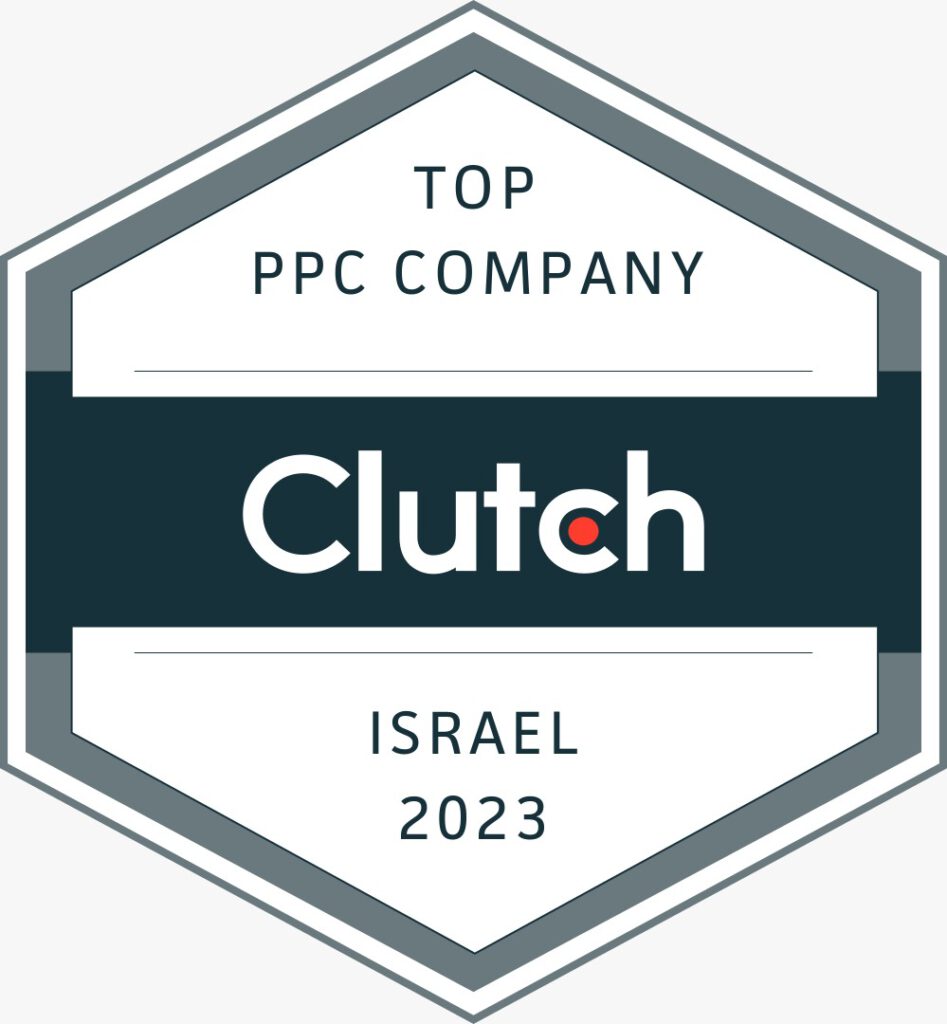I recently participated in the Google Holiday Launchpad workshop – a virtual event broadcast from Toronto—focused on helping businesses move their advertising from a simple cost to a guaranteed profit driver during the most important sales period of the year.
The core lesson from the workshop was clear: winning the holiday season isn’t about spending the most; it’s about having the financial clarity to bid aggressively and capture maximum profit when demand is highest.
Here is a breakdown of the four most powerful, non-technical strategies we learned, designed to help you capture maximum sales and profit this Q4.
Strategy 1: Find Your “Sales Floor” (Your Safe Spending Limit)
Before you spend a single dollar, you need to know the lowest possible sales return you can accept without losing money. We call this your Break-Even Point.
Many businesses set their ad goals too conservatively because they’re afraid of overspending. The Google method gives you a clear formula to calculate your exact financial “floor,” which in advertising terms is your Break-Even Return on Ad Spend (ROAS).
The Simple Idea: By calculating the true cost of your product (including all shipping and operational fees) and factoring in your profit margin, you define your minimum acceptable sales return.
- If your average order is $100 and it costs you $40 to buy the product and ship it, your maximum ad cost is $60.
- Knowing this “floor” gives you the confidence to bid higher and get more sales than your competitors, because you know exactly how much you can spend while staying profitable.
The area between your current sales goal and your Break-Even Point is your “Profit Headroom”—the space you can confidently push into to capture huge volumes of holiday sales.
Strategy 2: Go All-In During Peak Weeks (The Smart Budget Push)

The week of Black Friday and Cyber Monday (we call it “Cyber 5”) is a total game-changer. Shoppers are highly motivated, which causes a key metric—the Conversion Rate (the percentage of visitors who actually buy something)—to shoot up, sometimes doubling.
Because your website is converting traffic at a much higher rate during peak shopping weeks, the cost to acquire a customer automatically goes down.
The Actionable Plan: Instead of keeping your daily ad budget the same, you should temporarily lower your sales goal for that specific peak window to tell Google to buy more traffic.
- Example: If your normal sales goal is to make $4 for every $1 you spend on ads (a 4:1 ROAS), and your buying rate doubles, you can temporarily set your goal to $2 for every $1 spent (a 2:1 ROAS).
- This calculated reduction tells Google’s smart campaigns, “Go buy all the traffic you can at this profitable rate.” You buy twice as many sales, and because the conversion rate is high, your actual profit stays strong.
This strategy ensures your ads don’t pause prematurely, allowing you to maximize sales exactly when consumer demand is at its absolute highest.
Strategy 3: Feed Google’s AI the Best Data

Google’s ad system runs on Artificial Intelligence, but that AI is only as smart as the data you give it. To truly maximize profit, you need to use advanced tracking that shows the real value of every customer.
The Essentials for Smarter Bidding:
- See the Whole Picture: Implement Enhanced Conversions. This is a powerful tracking tool that makes sure we don’t miss a sale, especially in privacy-protected environments. More accurate data means the AI can make better decisions.
- Reward High-Value Customers: Not all sales are equal. A first-time buyer might spend $50, but a returning customer could spend $500 over a year (Lifetime Value). We must tell the system the value of each sale. By implementing Value-Based Bidding, we train the AI to spend more money to acquire a $500 customer than a $50 customer, prioritizing the long-term profitable buyers.
- Track by Sales Date: Always check your ad performance based on the date the sale occurred, not the date the customer first saw the ad. This gives you a true, real-time view of what’s working today, helping you make faster, smarter decisions.
Strategy 4: Boost Your Ad Power Without Increasing Your Budget
For e-commerce, your product listings on Google (like those in Google Shopping and Performance Max) are your primary storefront. The workshop emphasized that optimizing these listings (Feed Health) is the secret to winning more ad space at a lower cost.
Think of it like getting a better seat at a crowded table. You don’t have to pay more for the food if you look more appealing.
Two Must-Have Optimizations:
- Show Your Deals: Always enable the “Sale” badge and price strikethrough on your listings. This simple visual cue increases the chances of a shopper clicking your ad by up to 5%. More clicks for the same budget means you win.
- Display Your Social Proof: Ensure your Product Ratings and Customer Reviews are prominently displayed on your ads. Shoppers trust their peers. This social proof can boost your Click-Through Rate (CTR) and help Google’s system view your ad as higher-quality, often leading to a lower cost-per-click (CPC) for the same placement.
By focusing on these four core, profit-driven strategies—knowing your floor, timing your budget pushes, feeding the AI smart data, and maximizing your listing quality—you can confidently pivot your holiday advertising from a risky expense to your most reliable profit generator.

